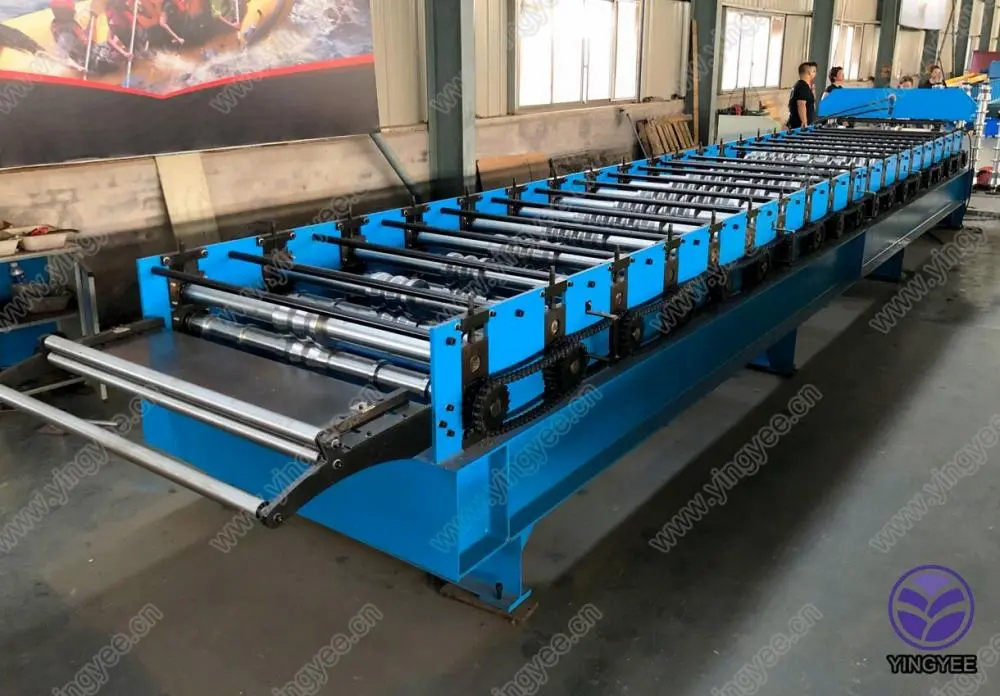
The Importance of Steel Coil Straightening Machines in Modern Manufacturing
In today’s manufacturing landscape, efficiency and precision are paramount. One of the critical components in the processing of steel is the steel coil straightening machine. These machines are essential for ensuring that steel coils, which are fundamental in various industries, are properly aligned and shaped for downstream processes. This article delves into the significance of steel coil straightening machines, their operational principles, and their impact on manufacturing efficiency.
Understanding Steel Coil Straightening Machines
Steel coils are produced during the steel-making process, wherein molten steel is cast into strips, which are then cooled and rolled into coils. However, these coils often come out of the rolling process with some degree of curvature or deformation. Such irregularities can cause significant issues during further processing, including difficulties in cutting, welding, and even during transportation. Steel coil straightening machines address this problem by correcting the curvature and ensuring a perfectly flat surface.
The operation of these machines typically involves a series of rollers that apply varying degrees of pressure to the steel coil. The design of the straightening machine allows for precise control over the amount of force applied, enabling operators to correct different types of imperfections. As the coil passes through the rollers, it undergoes slight elastic and plastic deformations, effectively straightening it.
Types of Steel Coil Straightening Machines
There are various types of steel coil straightening machines, each designed for specific applications and types of steel materials. The most common types include
1. Mechanical Straighteners These machines use a series of roller pairs, often in an inline configuration, to gradually straighten the coils. They are most suited for lighter materials.
2. Hydraulic Straighteners Equipped with hydromechanical systems, these machines can apply more substantial force, making them ideal for handling larger and thicker coils.

In addition to these types, many straightening machines today integrate additional functionalities, such as cutting, slitting, or even surface treatments, streamlining the entire process from coil to finished product.
Benefits of Using Steel Coil Straightening Machines
The implementation of steel coil straightening machines offers numerous benefits to manufacturers, contributing to improved efficiency and product quality
1. Increased Precision Straightening machines ensure that coils are perfectly flat, which is critical for subsequent processes such as cutting, welding, and forming. Improved flatness results in better tolerances and higher-quality end products.
2. Reduced Waste By correcting deformations in steel coils, manufacturers minimize material wastage. Straightened coils have a lower likelihood of defects, thereby reducing the frequency of rejects in production lines.
3. Enhanced Productivity Automating the straightening process allows for higher throughput. With efficient machines that work faster than manual methods, manufacturers can increase their production rates.
4. Cost-Effectiveness While there is an initial investment in straightening machines, the long-term savings from reduced waste, increased yield, and improved product quality provide a favorable return on investment.
5. Versatility Modern straightening machines can handle a variety of steel grades and coil sizes, making them adaptable to different manufacturing needs and product lines.
Conclusion
Steel coil straightening machines play a vital role in maintaining the integrity and quality of steel products in manufacturing. Their ability to correct imperfections in steel coils not only enhances the precision of subsequent processes but also promotes greater efficiency and cost savings. As industries continue to evolve, the integration of advanced technology in straightening machines will further optimize their capabilities, ensuring that manufacturers can meet the growing demands of the market. Investing in these machines is not just a strategic move; it is essential for operational excellence and competitiveness in the manufacturing sector.